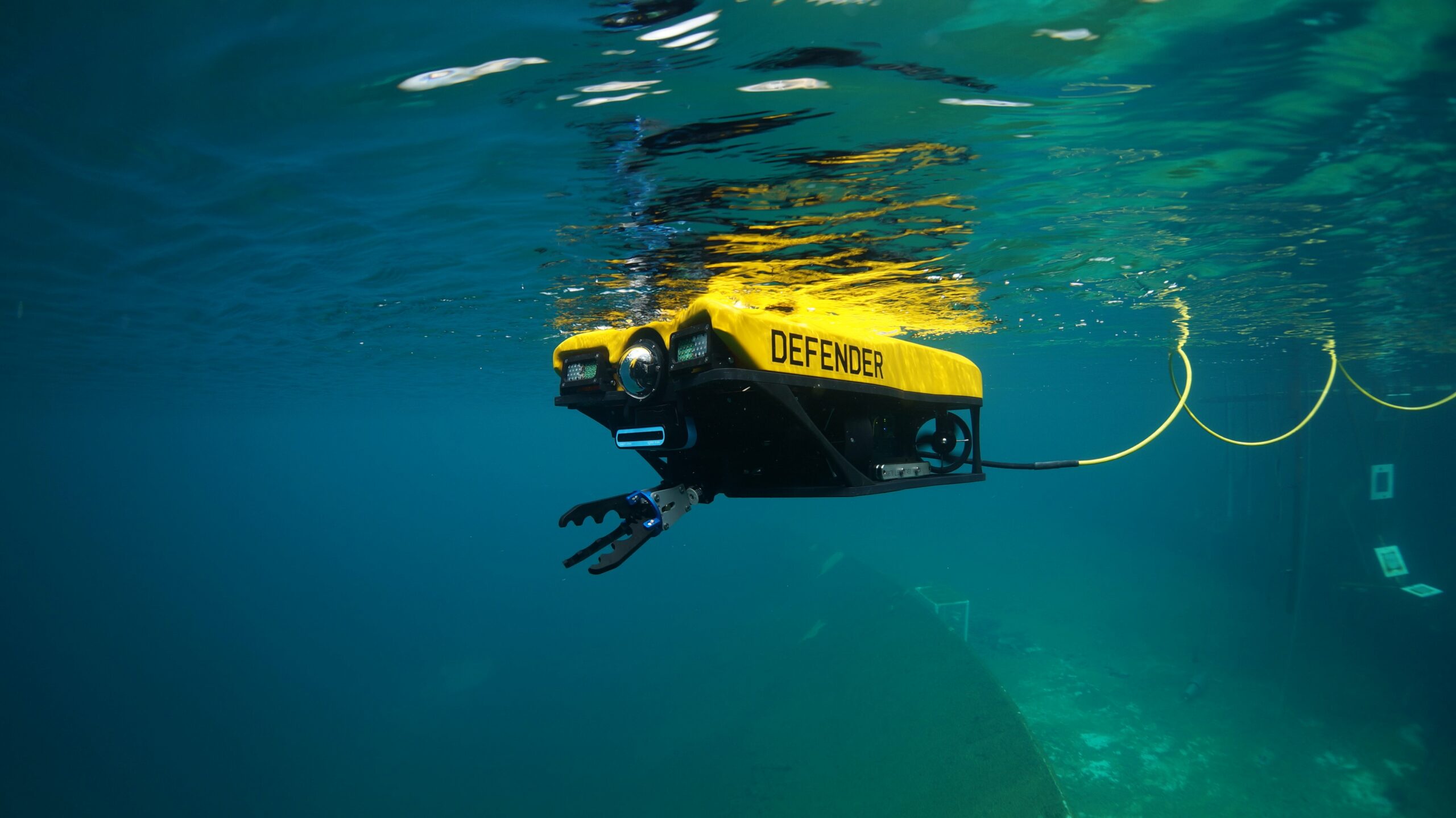
Cutting-Edge Underwater Robot to Combat Subsea Threats – A Game-Changer for Offshore Security
In a major leap forward for underwater defense technology, the UK’s Defense Science and Technology Laboratory (Dstl) has successfully trialed an advanced remotely operated vehicle (ROV) capable of detecting and neutralizing sabotage threats to undersea infrastructure, including oil and gas pipelines, fiber-optic cables, and offshore installations. The breakthrough system, developed in collaboration with leading industry partners, promises to revolutionize maritime security and subsea hazard clearance while offering significant economic and operational advantages.
Next-Gen Underwater Defense: How the ROV Works
The newly adapted ROV—a commercially available platform enhanced with military-grade capabilities—is designed to:
- Scan seabeds for unexploded ordnance (UXO), mines, or sabotage devices using high-resolution sonar and cameras.
- Remotely place explosive charges to safely neutralize detected threats without risking human divers.
- Operate at extreme depths beyond diver limits, with extended mission endurance.
- Transmit real-time video and sonar data to surface operators for rapid decision-making.
Unlike single-use disposal systems, this reusable robotic platform ensures cost efficiency, allowing multiple missions with minimal downtime.
Trials & Industry Collaboration
Extensive testing has been conducted across Portsmouth’s Horsea Island, Portland Harbour, South Wales, and Norway, with key contributions from defense and marine tech firms, including:
- Alford Technologies (explosive ordnance disposal)
- Sonardyne (underwater navigation and tracking)
- Atlantas Marine (ROV operations)
- ECS Special Projects (defense engineering)
“This system provides a safe, precise, and repeatable way to counter underwater threats—whether they’re wartime mines or modern sabotage attempts on critical infrastructure,” said a Dstl explosives engineer involved in the project.
Strategic Implications for Oil & Gas Security
The technology arrives at a critical time, as undersea pipelines and communication cables face increasing risks from state-sponsored sabotage, terrorism, and legacy wartime explosives. Recent incidents, such as the Nord Stream pipeline explosions and Baltic Sea cable disruptions, underscore the urgent need for autonomous countermeasures.
For the oil and gas sector, this innovation could be a game-changer, offering:
✔ Enhanced protection for subsea wellheads, risers, and export lines.
✔ Reduced downtime by swiftly addressing UXO risks during offshore construction and decommissioning.
✔ Cost savings compared to traditional diver-led EOD (explosive ordnance disposal) operations.
Broader Defense & Economic Impact
The project aligns with the UK’s AUKUS submarine program and broader maritime defense strategy, reinforcing allied undersea dominance. It also supports high-skilled jobs in robotics, defense engineering, and offshore services.
“This isn’t just about military use—it’s about securing the backbone of global trade and energy supply,” remarked a Dstl spokesperson.
Looking Ahead
With successful trials completed, the next phase involves integration with naval and commercial offshore operations. Energy firms and maritime security agencies are closely monitoring the technology’s potential for civilian adaptation.
Subdrill Services, as a leader in subsea engineering and offshore solutions, recognizes the growing importance of autonomous threat detection in safeguarding underwater assets.
Stay tuned to Subdrill’s News Section for more updates on subsea security, robotics, and oilfield technology.
(Source: UK Ministry of Defence | Adapted for Energy Sector Relevance

